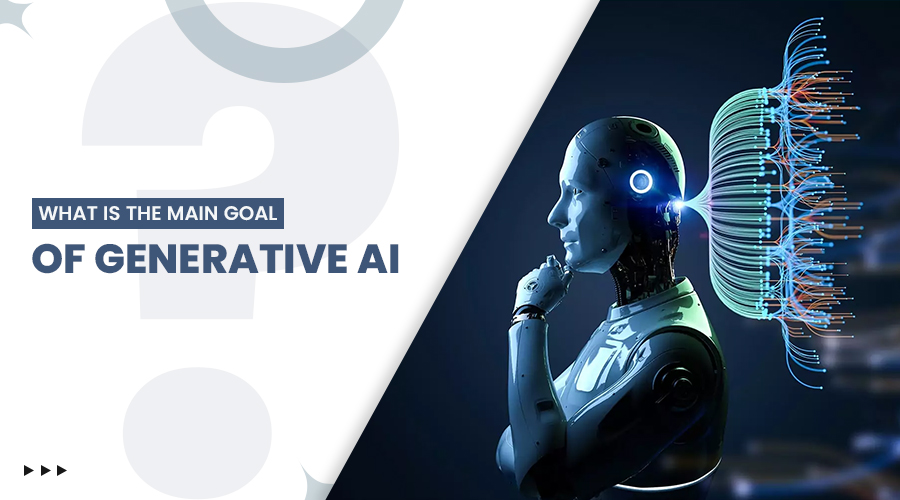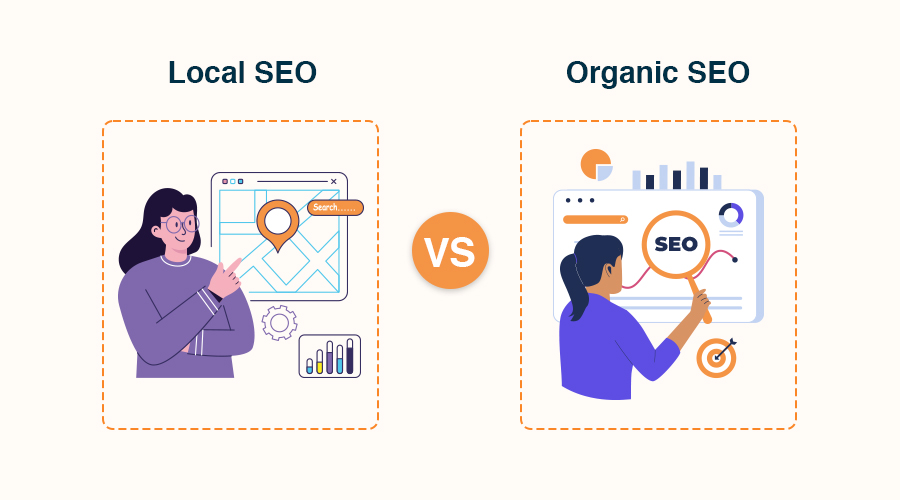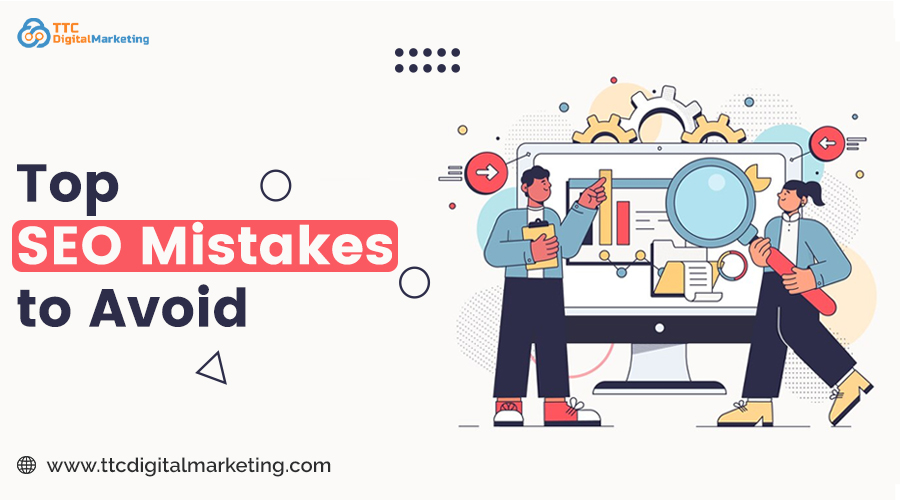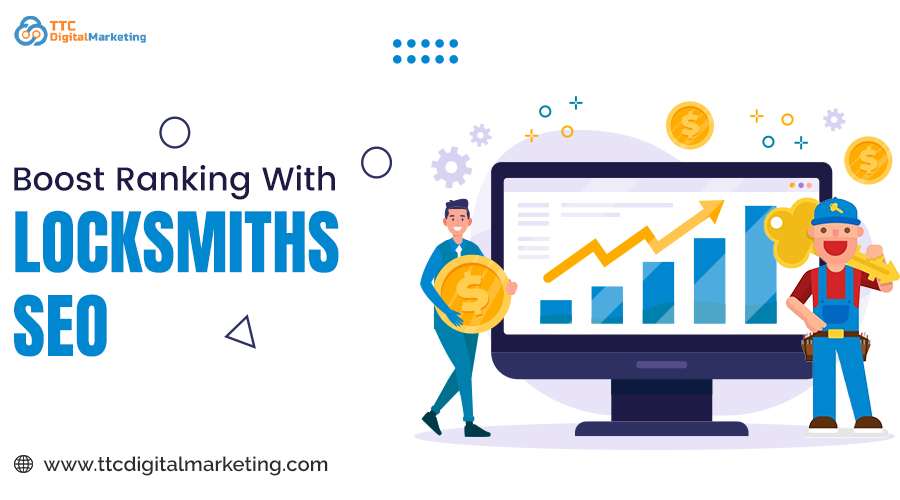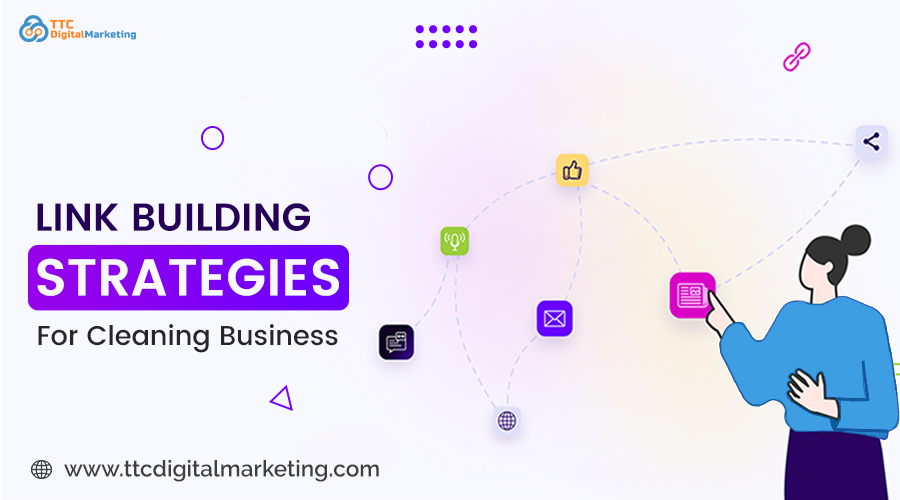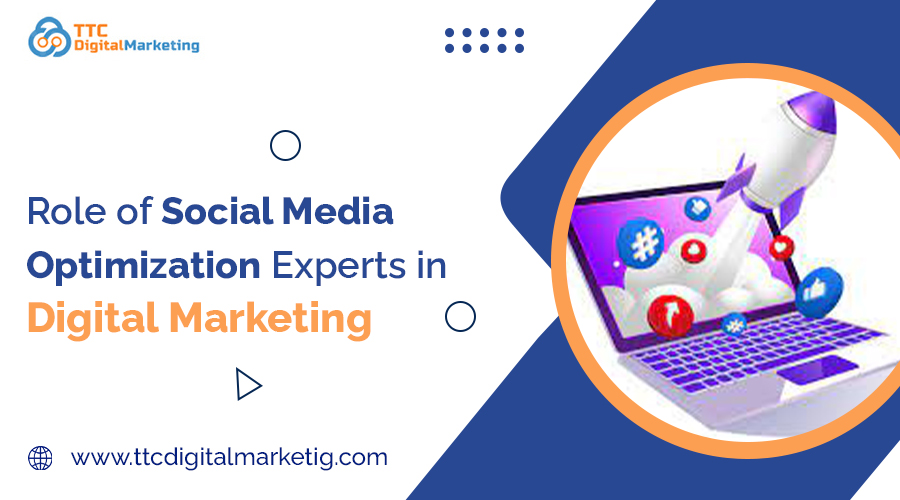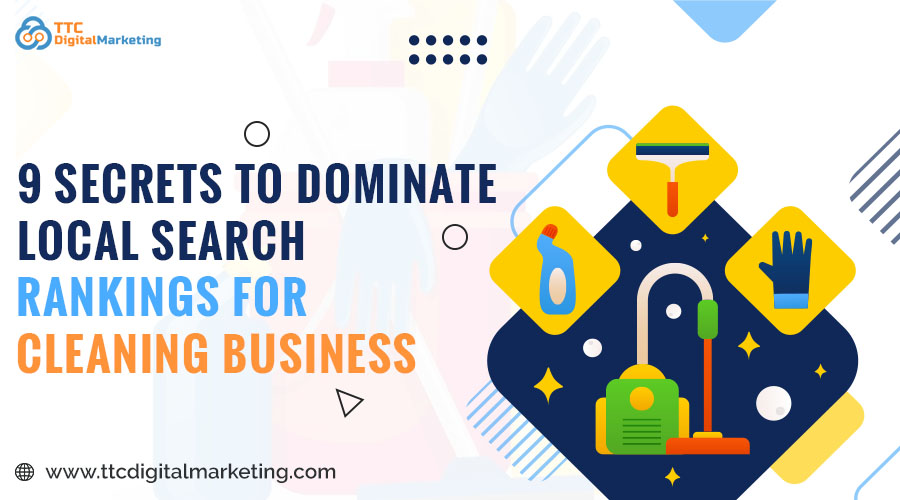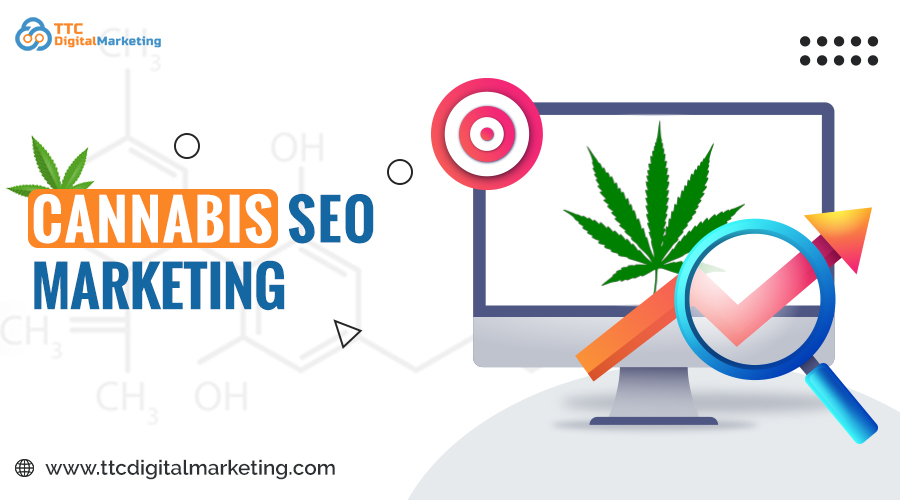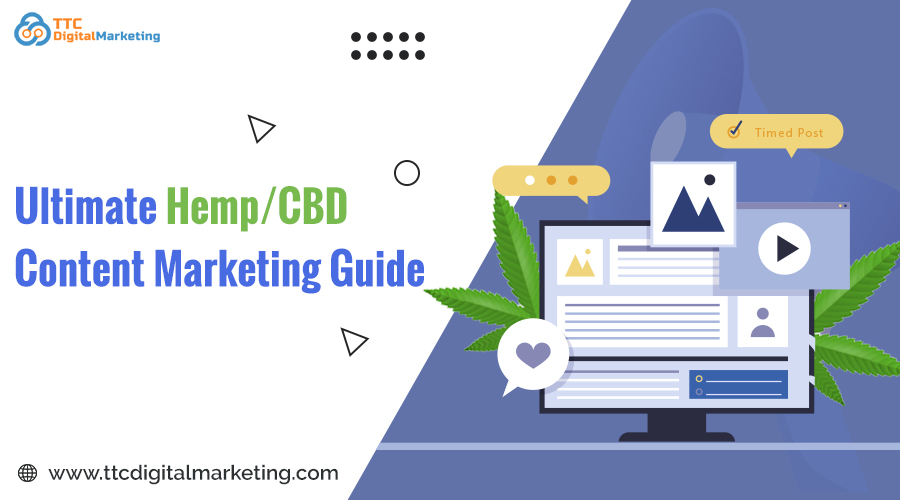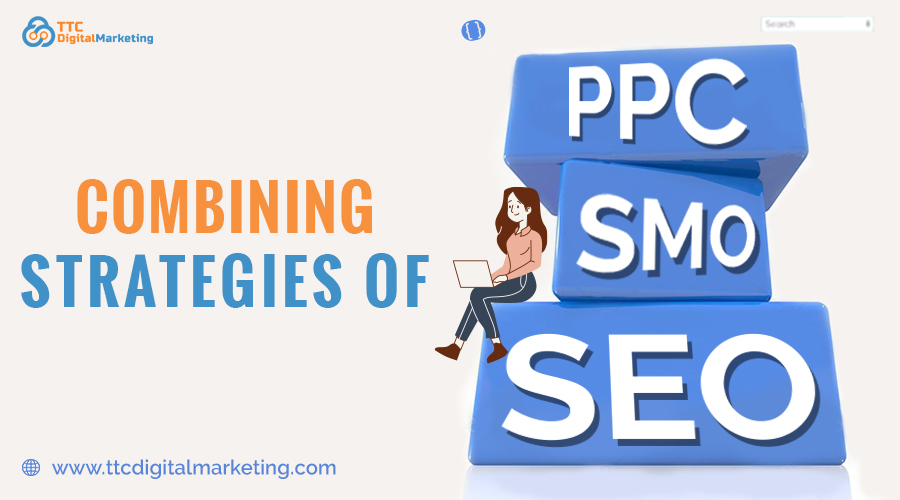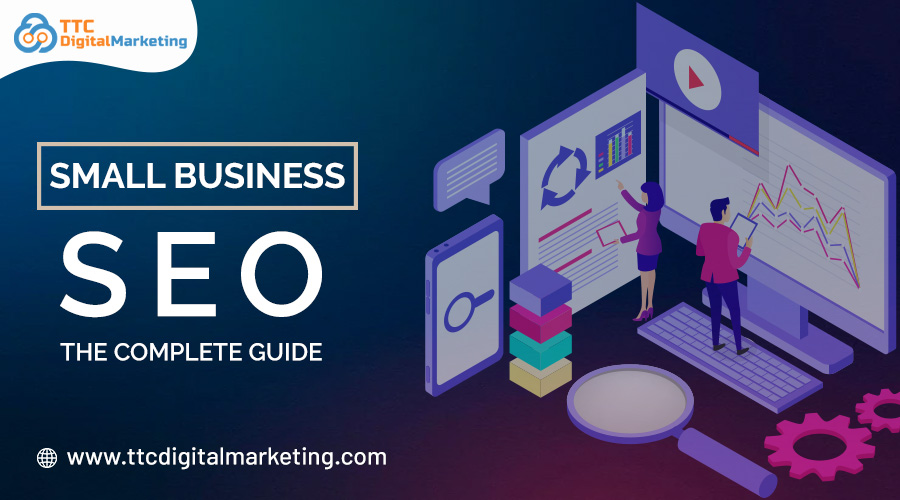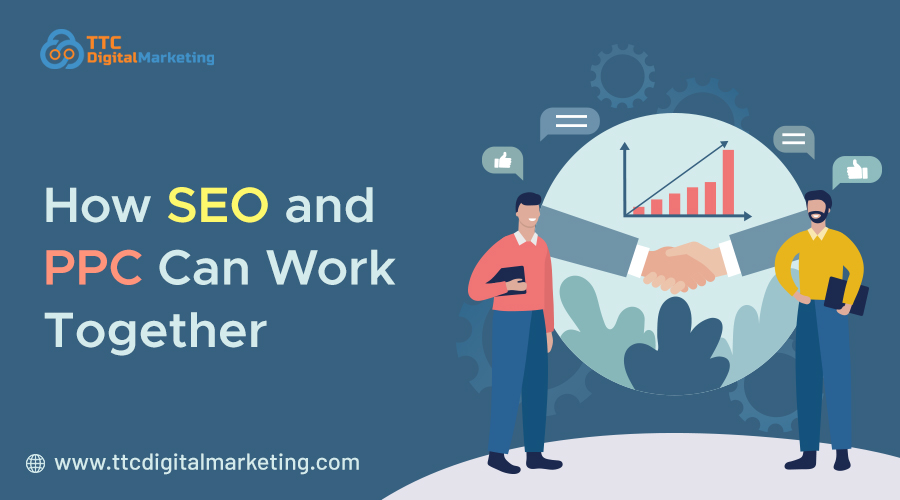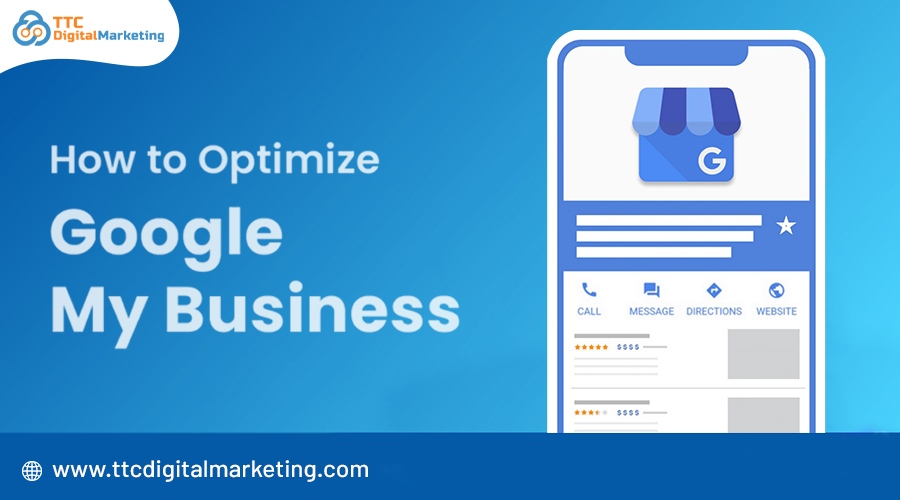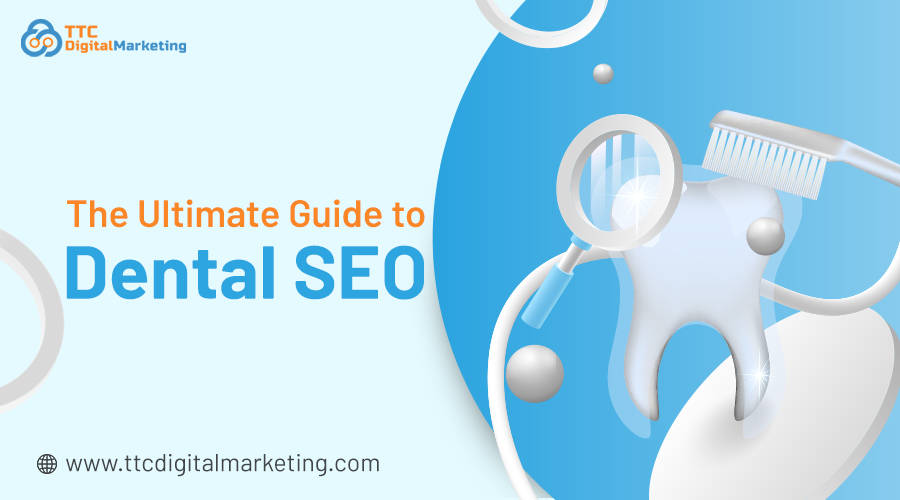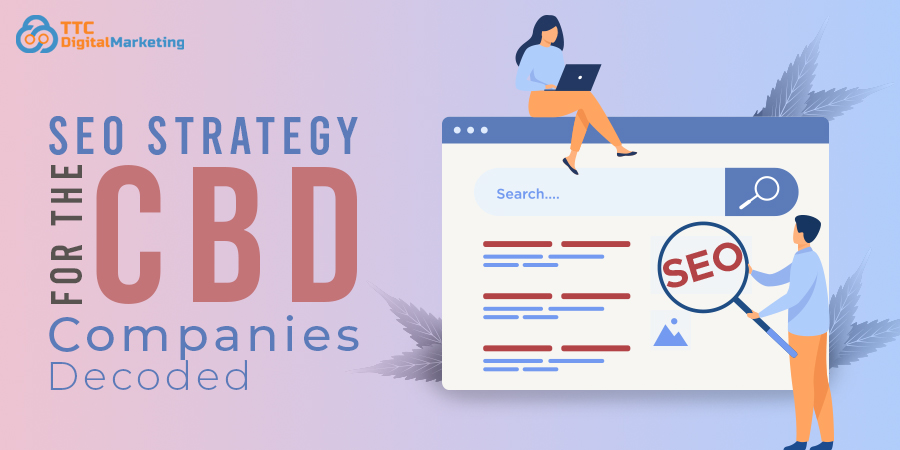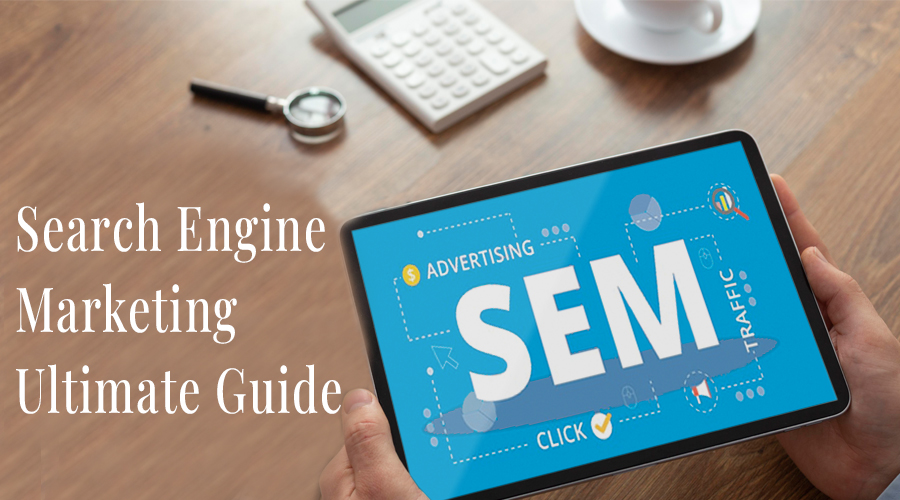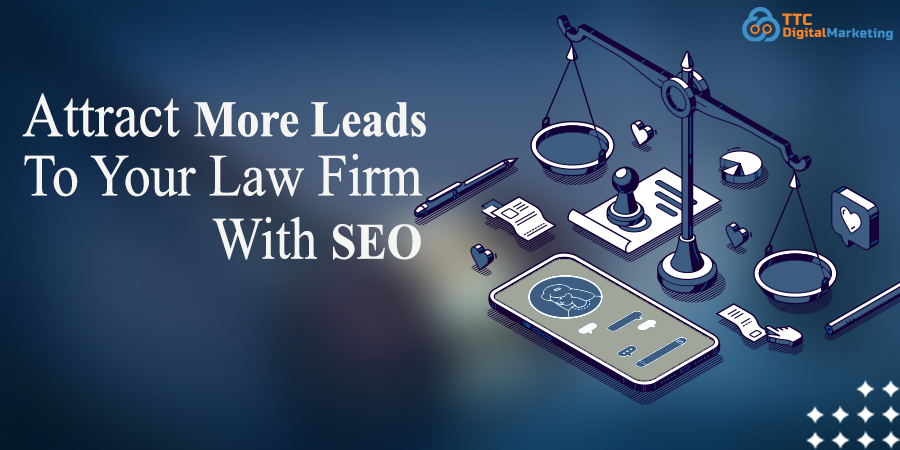Generative AI has the power to deliver more value than standard AI and analytics tools can offer. The most significant impact of generative AI—about 75% of its value is realized in customer operations, marketing, software engineering, and R&D. More businesses are adopting Generative AI as it rapidly grows.
What is the primary goal of generative AI? What problems does it solve, and how does it work? Everything you need to, we will cover in this beginner’s guide. This understanding will help you adopt generative AI in your business more efficiently.
What is Generative AI?
Generative AI is not simply an AI model; it is a deep learning model. Unlike traditional AI and analytics, which operate on a given set of instructions, it can act autonomously using advanced algorithms.
It can recognize patterns in massive data code and generate something new out of it. It can imitate and produce basic content, pictures, videos, or even codes inspired by human works.
Why is generative AI different from other AI? Gen AI is proactive, as it not only reacts but also adapts, thinks deeply, and showcases creativity in its outcomes. The best part is Generative Artificial Intelligence can make decisions autonomously, unlike traditional AI. This AI model can create, communicate, and solve real-world problems with innovative solutions if it is trained well on specific topics.
Some real-life examples of GenAI, which already has a booming market, include ChatGPT, DALL-E, GitHub Copilot, and others.
What is the Main Goal of Generative AI?
The core purpose of generative AI is to give assistance. Let’s take an example here. You may have already heard about AI content generation? Right? Actually, AI can create genuine content if it is trained sufficiently to produce such high-quality content. It will not be able to do so if they are programmed like traditional AIs, which only make predictions and work based on preset ideas or patterns.
Now, how can it achieve this potential? Actually, GenAI achieves this by utilizing complex algorithms and neural networks trained on massive datasets. They include learning patterns, structure, and context from existing data and using that to synthesize something new.
The goal of Gen AI is not just to provide assistance, which is already a traditional function of AI. It has surpassed AI capabilities and helps businesses make decisions faster by interpreting large, complex datasets more efficiently.
Benefits of Generative AI
If you have gained clarity on what is the main goal of generative AI, you may already be considering the benefits of generative AI for your business.
The emerging massive usage of GenAI in various industries, especially across IT, banking and financial institutions, retail and e-commerce, Tech companies and SaaS, healthcare, and Biotech/pharmaceuticals, has already indicated how it empowers people from diverse niches. It revolutionizes various critical works, such as decision-making, strategic choices, and investment decisions, in all niches.
Gen AI doesn’t just follow instructions — it can help you think better and faster by removing creative blocks. Its natural language processing power empowers content creation and enhances the efficiency of virtual customer-facing tasks. Many businesses now rely on the benefits of GenAI for more intelligent and faster decision-making, as it can summarize reports and complex datasets within minutes.
In healthcare, Gen AI aids in medical imaging analysis. It can predict outcomes and even accelerate the drug discovery process, speeding up the research process. It helps researchers uncover insights more quickly, leading to improved patient care and more precise treatments.
A well-trained GenAI has become a highly reliable assistant to people, strengthening their work processes.
How Generative AI Works?
GenAi utilizes advanced neural networks, including GANs (Generative Adversarial Networks), VAEs (Variational Autoencoders), and transformers. GAN produces high-quality synthesis data, while VAEs employ a probabilistic method. Both combinations help generative artificial intelligence study, learn, analyze, predict, think, and create new content, images, codes, and more.
Wrapping Up: How Does Gen AI Help Businesses?
Research has revealed that 82% of businesses now use Generative Artificial Intelligence, the key driver of innovation. It indicates how this AI model is rapidly growing in the business landscape.
Gen AI is streamlining workflows and helping teams excel ling at productivity. It reduces the time spent on repetitive tasks, fuels creativity with new ideas, and enables smarter decisions by analyzing vast sets of data. From marketing to manufacturing, healthcare to retail — every sector is seeing new possibilities unfold.
Whether it’s improving customer experiences, identifying new market opportunities, or automating tedious workflows, Gen AI has become a lever for reinvention.
Let’s consider a powerful example one last time: Traditionally, transforming raw enterprise data into real-time insights and actionable knowledge has required deep collaboration across teams, especially for enterprises. This process used to take days, or even month.
That same process happens within minutes. Businesses can transform raw data, including real-time insights and SME research, into presentable, ready-to-use reports at a previously unthinkable speed.
Ready to explore how Gen AI can transform your workflow?
Frequently Asked Questions
What are the challenges of Gen AI?
Data privacy, regulatory risks, accuracy, and appropriateness are some of the challenges associated with Gen AI.
What is the primary goal of generative AI?
Its aim is to help people think faster, work smarter, and unlock ideas or solutions to strategic problems that weren’t previously possible.
How is generative AI different from traditional automation tools?
Traditional automation follows pre-defined rules to perform repetitive tasks. Generative AI, however, goes beyond learning from data to generate fresh outputs.
What is the Use of Gen AI?
Generative AI is used to create new, original content — whether that’s text, images, videos, music, or code — based on patterns it learns from existing data. It’s not just about automation; it’s about augmentation. Some of its industry applications include AI content creation, customer service through AI chatbots, coding support, design and art, and healthcare innovation, among others.
